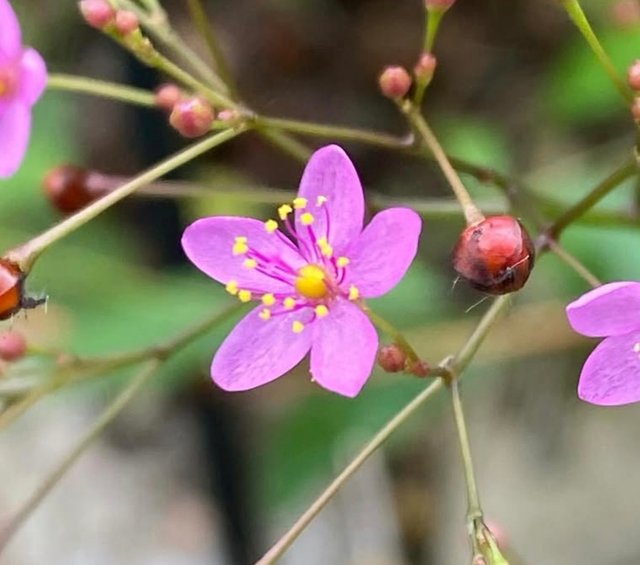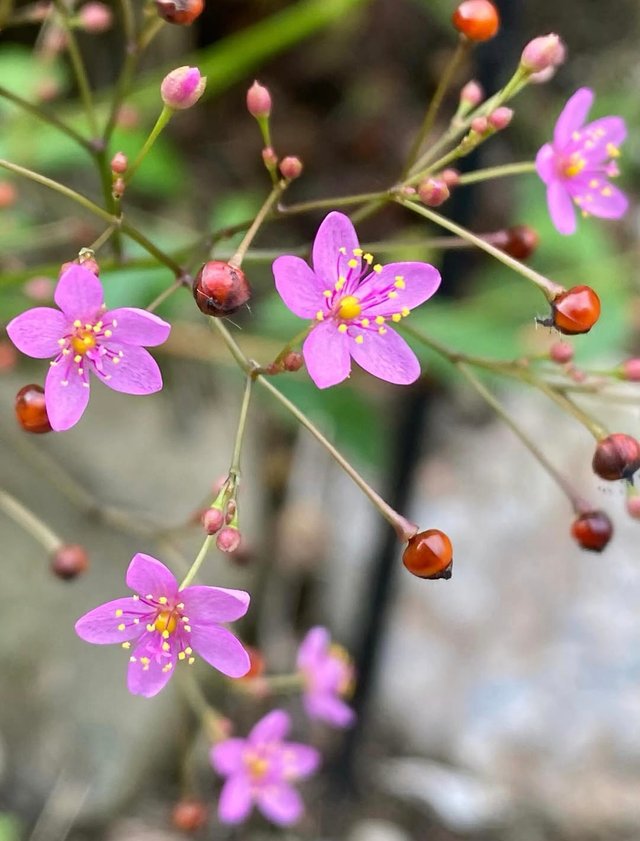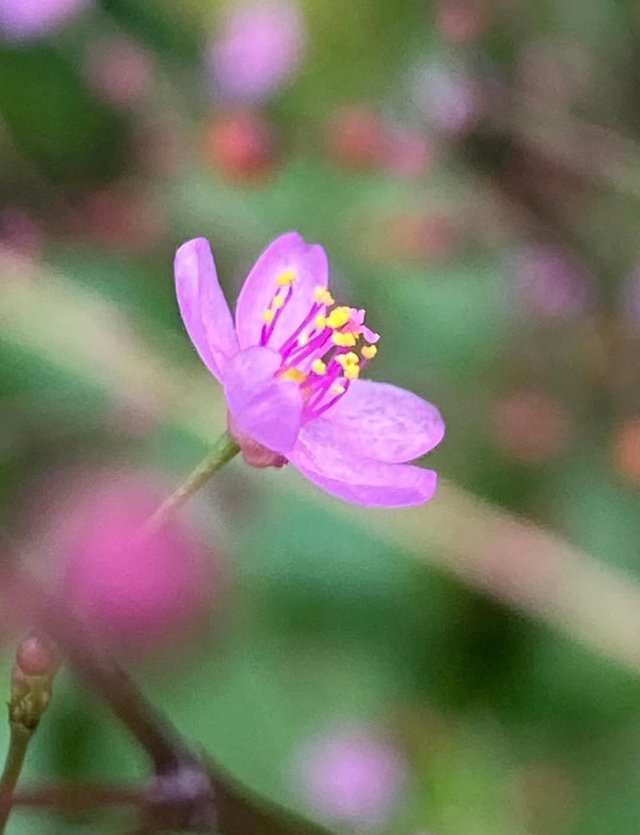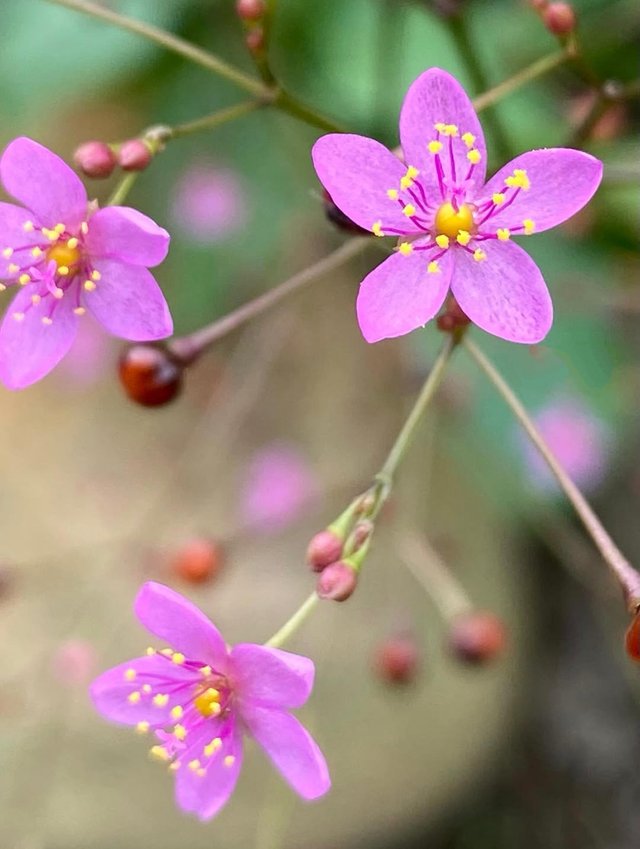Talinum paniculatum
Talinum paniculatum is a delightful and often underappreciated plant that brings elegance, color, and vitality to gardens around the world. Native to Central and South America, this hardy perennial has been embraced globally for its lush succulent foliage, graceful airy flowers, and jewel-like seed pods—which give rise to one of its most poetic common names: Jewels of Opar.Combining ornamental charm, medicinal folklore, and drought resistance, Talinum paniculatum is a gardener’s secret weapon for beauty and function, even in the harshest environments.
What makes Talinum paniculatum stand out is its delicate balance between dainty beauty and wild resilience. From a distance, the plant might appear airy and modest, but up close, it reveals.Small, five-petaled pink flowers held on long, branching stems.Bejeweled seed capsules that look like tiny pearls or rubies suspended in the air.Bright green, fleshy leaves that store water, allowing the plant to thrive in dry conditions.Its flowers bloom in late afternoon, often just for a few hours, but they bloom in abundance, attracting pollinators like bees and butterflies.
Originally native to tropical and subtropical regions of the Americas, Talinum paniculatum has naturalized in many parts of Africa, Asia, and the southern United States, especially Florida, Texas, and the Caribbean. It grows easily in.Rocky or sandy soil.Open fields and roadsides.Dry, sunny garden beds.Containers and hanging pots.Its ability to self-seed means it often pops up year after year, even with minimal care.In parts of Southeast Asia and West Africa, the young leaves are cooked and eaten like spinach. They are rich in vitamins and minerals, especially vitamin C, calcium, and iron.



